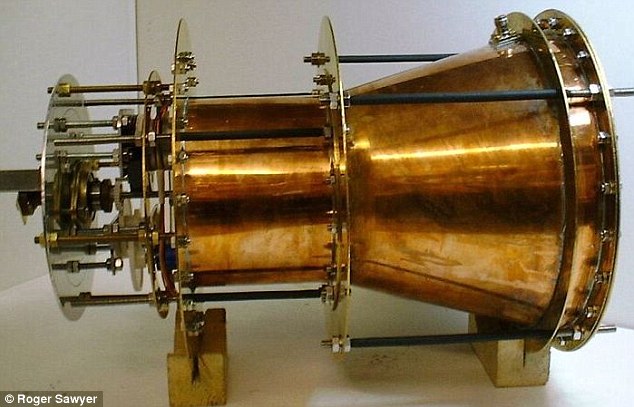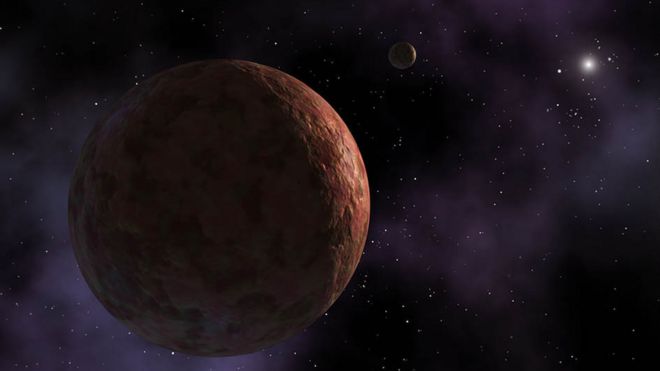ScienceRocks
Democrat all the way!
- Thread starter
- Banned
- #1,201
There's so many good reasons to fund science that it is shocking that anyone would think otherwise.
 Jan Hattenbach @JanHattenbach Oct 30
Jan Hattenbach @JanHattenbach Oct 30
#2015TB145 "we didn't know it existed until Oct.10" Or: why funding #astronomy is important. http://www.cbc.ca/news/technology/great-pumpkin-asteroid-1.3287983…

 Jan Hattenbach @JanHattenbach Oct 30
Jan Hattenbach @JanHattenbach Oct 30#2015TB145 "we didn't know it existed until Oct.10" Or: why funding #astronomy is important. http://www.cbc.ca/news/technology/great-pumpkin-asteroid-1.3287983…






